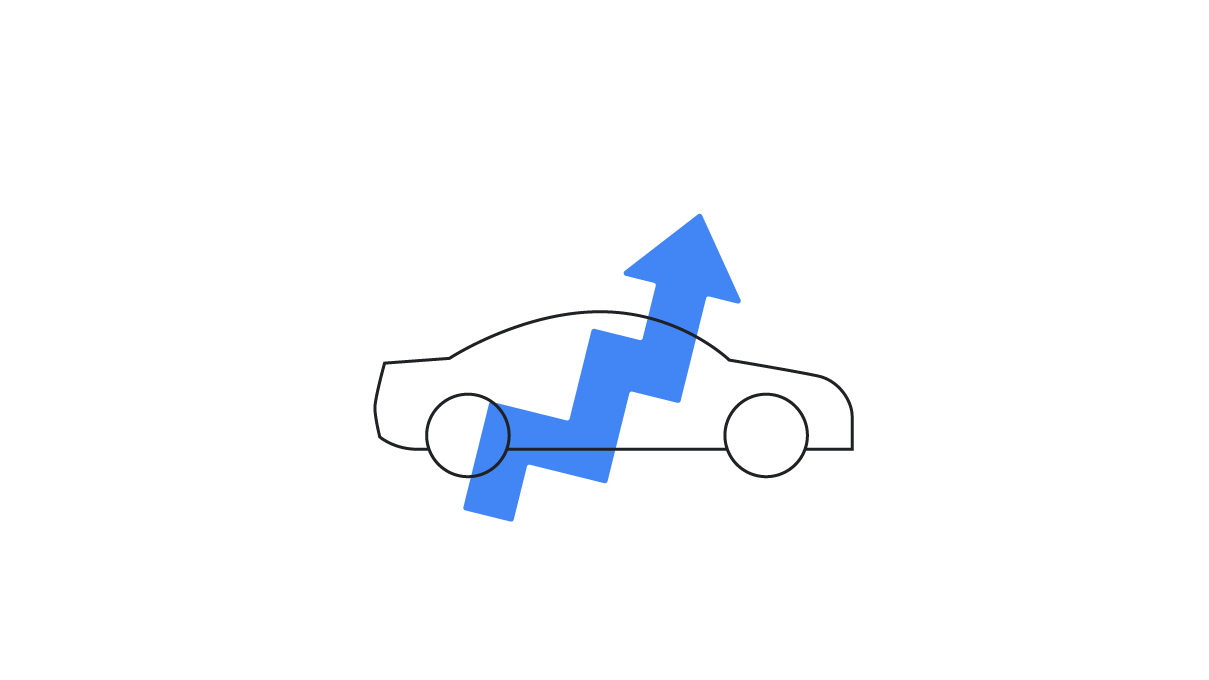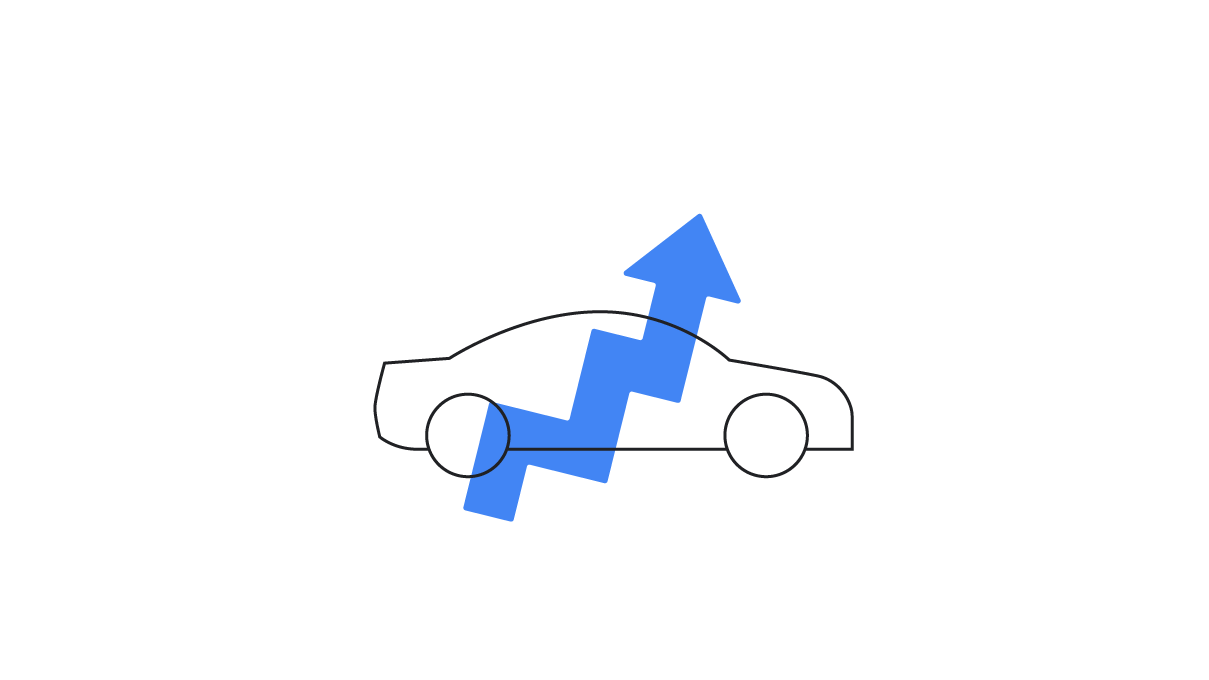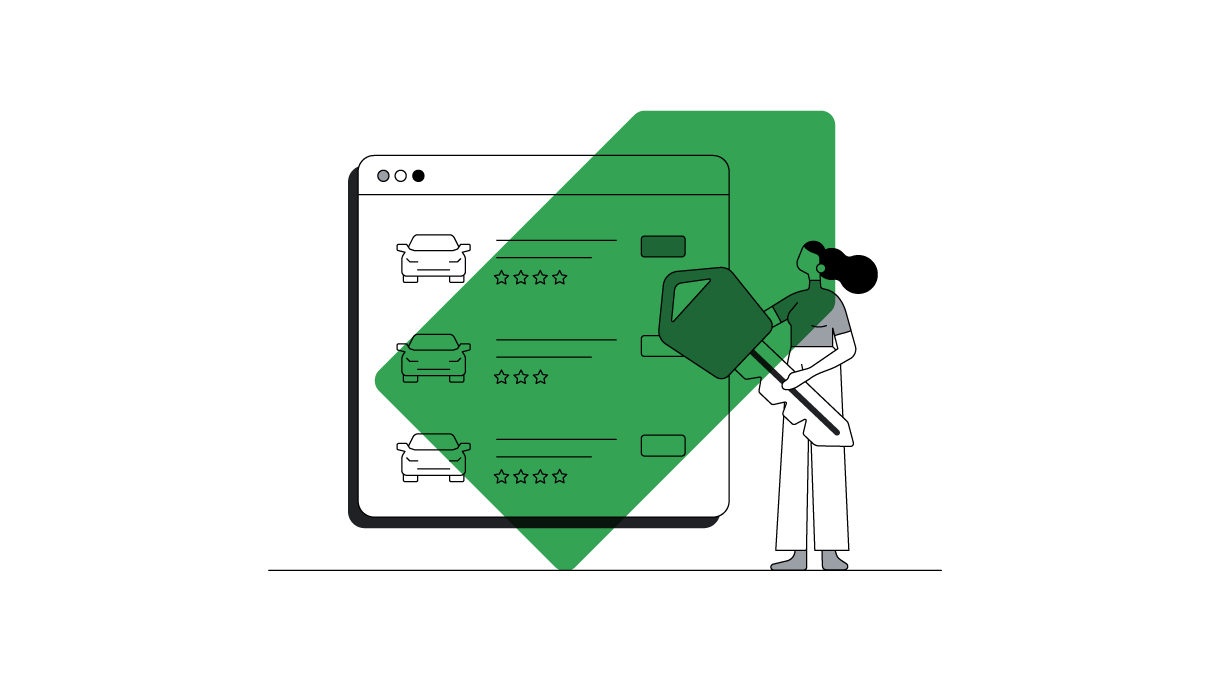
In March of 2020, nearly 1 in 10 car buyers in the U.S. said they made their purchase online.1 That might not seem like much in a world where consumers buy everything else online from big-screen TVs to mattresses, but in 2018, only 1% of car buyers in the U.S. said they purchased their car online.2
The fact is, up until recently, while Americans did a lot of research online prior to buying a vehicle, the purchase was typically conducted at an auto dealer. But then COVID-19 hit, causing thousands of dealerships to close their showrooms and forcing an automotive digital transformation in which even the final deal is sealed online.
Then COVID-19 hit, causing thousands of dealerships to close their showrooms and forcing an automotive digital transformation in which even the final deal is sealed online.
If other industries serve as a guide, this is more than a passing trend. People will likely continue to buy cars online even now that showrooms are reopening. But to take full advantage of this new opportunity — especially at a time when more people are interested in buying cars — auto marketers must deliver a frictionless online retail experience.
COVID-19’s effect on car-buying trends
Auto shoppers are no strangers to online research. Even with COVID-19 temporarily shutting down businesses and leading to massive unemployment, people were still looking to buy rather than simply to browse. Searches for “car sales” have grown globally by over 60% year over year, and searches for “best car under” have grown globally by over 80% year over year.3 And as distancing measures continue, 64% of new auto buyers said they would look for even more information online.4

Beyond research into pricing and availability, buyers are comfortable with moving other aspects of their purchase journey online too. For example, 66% say they are comfortable experiencing the vehicle (feature highlights, walkarounds) completely online or with a mix of online and offline.5
Shoppers also want answers to relevant questions in advance of visiting a dealership, so they can make the most of their time. When asked why they reach out to dealers in advance:
- 48% wanted to answer questions about models or features.
- 48% wanted to answer questions about pricing or financing.
- 40% wanted to check inventory or availability.6
Bringing the dealership experience home
The showroom floor will still play an important role, but people are looking to get more done online or at home before arriving in-person. Because they now do so much research online, the average auto shopper only makes 1.5 dealership visits these days.7 But when it comes time to purchase the car, they’re still spending an average of 2 hours and 46 minutes at the dealership, according to a Cox Automotive study. Most of that time is spent filling out paperwork and dealing with financing. And the longer they spend, according to the report, the more satisfaction declines.
Sixty-three percent of purchasers said they would consider ordering their future car online.
That provides an opportunity for auto marketers. Seventy-three percent of auto shoppers say they are comfortable negotiating purchase, lease, or financing terms completely online or through a mix of online and offline.8 Sixty-three percent of purchasers said they would consider ordering their future car online and having it delivered to their home — and 65% expect more online purchase options in the future.9

When dealers offer people the ability to complete some tasks online — or directly at an auto buyer’s home — it helps increase overall satisfaction with the process while reducing time spent at the lot. In our latest research, 98% of shoppers who were offered an at-home test drive found it helpful with decision-making. But only 24% of auto buyers were offered one.10
Getting the most out of a tierless model
Removing silos and consolidating data will enable auto manufacturers and dealers to see consumers through the same lens. Auto marketers should embrace tierless marketing and rethink four key areas:
- Integrate systems for inventory development, payments, management, distribution, and marketing.
- Help shoppers engage and shop for vehicles digitally.
- Create alignment, so that people can easily move between manufacturer and dealer sites when shopping, searching for inventory, pricing out vehicles, and closing the deal.
- Align on measurement solutions that are tied to the bottom line and setting up systems to prioritize and track these new KPIs.
For the auto industry, driving digital transformation means delivering a blended retail model that combines online strategies and traditional dealership-based interactions. Dealerships will still play a key role in car shopping, but an increasing number of people will want more of the process — from research to purchase to delivery — available online. Focusing on solutions that play off the strength of the local dealer and the scale of manufacturers isn’t just good business — it’s the future of the business.








